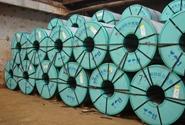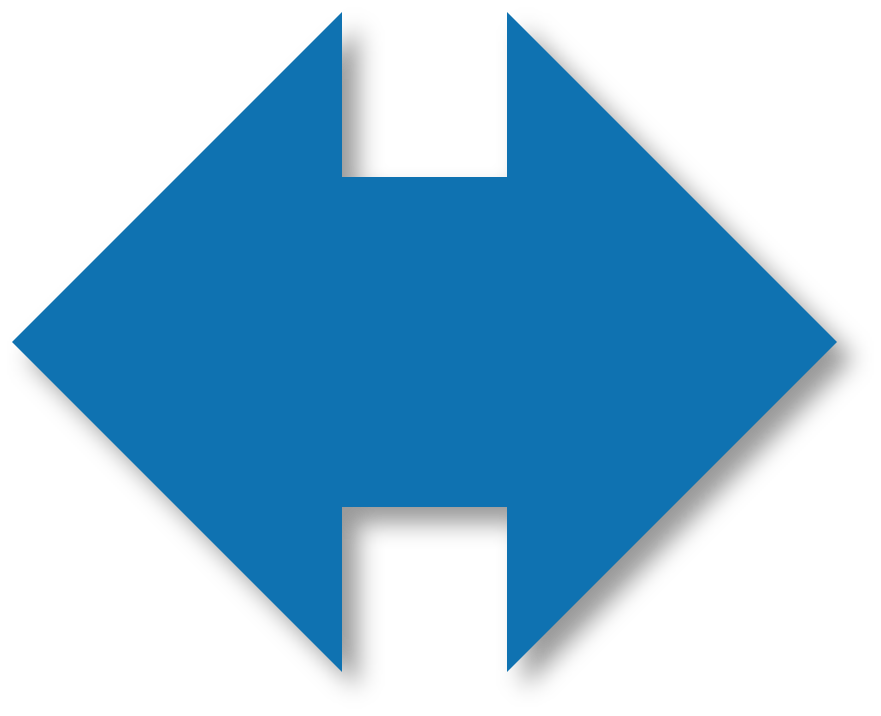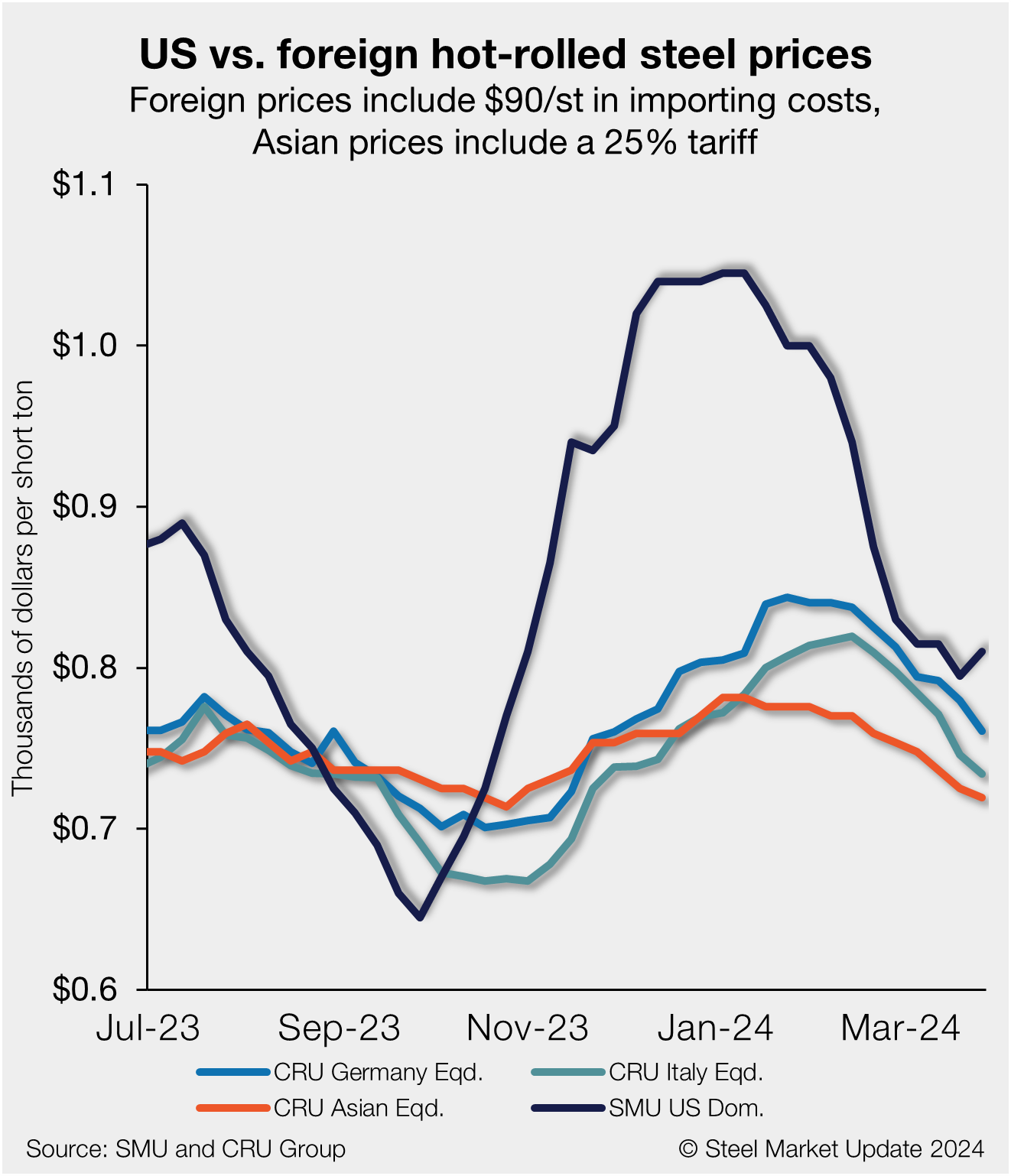Steel Products Prices North America

Trading Companies Swear Flat Rolled Imports Will Drop
Written by John Packard
September 26, 2017
One of the surprises over the past year has been the amount of foreign steel imports still arriving in the United States despite antidumping (AD) and countervailing duties (CVD), a Section 337 complaint, a circumvention complaint and the Trump directive for the U.S. Department of Commerce (DOC) to investigate steel as it relates to national security under the Section 232 statute.
Late this afternoon, the U.S. Department of Commerce released foreign steel import license data collected through the 26th of September. Based on that data, September steel imports continue to be on pace for yet another 3 million net ton month.
Based on comments collected previously by Steel Market Update from both buyers and sellers of steel, the expectation has been for imports to begin to dramatically drop by now. During the first eight months 2017, foreign steel imports have been averaging more than 3.3 million net tons each month. Today, traders contacted by SMU are telling us the drop in foreign steel imports will be in place during the fourth quarter.
![]() It is SMU’s opinion that the initiation of the Section 232 investigation initially resulted in a surge of new import orders as customers attempted to protect themselves against any negatives associated with the decision, which was originally expected sometime between the end of June and July of this year.
It is SMU’s opinion that the initiation of the Section 232 investigation initially resulted in a surge of new import orders as customers attempted to protect themselves against any negatives associated with the decision, which was originally expected sometime between the end of June and July of this year.
Steel Market Update spoke with a number of trading companies today in an effort to better understand what was happening in the industry and what we should expect for foreign steel imports during the fourth quarter.
What we heard was traders reporting orders to be 35 percent to almost 100 percent lower than what their company was doing earlier this year. The risks associated with 232 are too high for most companies to ignore.
A trader with a Japanese trading company told SMU this afternoon, “There is business to be had, but the trading company wants to sit on their hands and wait. They are not willing to be the importer of record.”
It would be the importer of record who would suffer the consequences of any extra duties or the paperwork and frustration associated with quotas should they be ordered by President Trump later this year or sometime during first-quarter 2018.
John Foster, chairman of the American Institute for International Steel, when asked about the status of trading in the United States, told SMU, “The challenges are indeed evident and have caused our core business to be off some 35 percent. I see trading companies doing more financing of third-party business than usual vs. traditional importing, and with the multiple trade legislation risks in play, we expect imports to see a decided decline as we head into year end. This [will be] more than the usual softening due to year-end inventory tax issues. January should see a modest increase in imports, but again, more due to requirements that were deferred until after Dec 31.”
Earlier this month, Foster provided comments regarding the steel industry as one of the most protected industries in the United States. “Over half of all anti-dumping and CVD orders on the books today involve steel,” he said. “Many of these orders have been in place for many years. Adding more government-mandated protections for what is already the most protected industry in the country is not a constructive or logical approach.”
There are more issues at play that will impact the amount of foreign steel coming into U.S. ports of entry in the coming months. The “circumvention” complaint against Vietnam has the DOC scheduled to provide their preliminary determination by the middle of October. Many in the trading industry are anticipating some form of punitive action regarding this complaint.
There’s one area of concern for traders in the circumvention case–the use of Chinese (or any other country that is subject to AD/CVD duties) substrate, which is then converted to another product through “significant transformation” by a third country. When the substrate is transformed from hot rolled to cold rolled or from cold rolled to a coated product (galvanized/Galvalume), the rolling of the material changes the country of origin. Thus, Chinese cold rolled shipped to a converting mill in Vietnam and coated with zinc changes the product to galvanized and the origin to Vietnam.
One of the traders we spoke with today admitted that the cost of producing the substrate is much greater than the cost to apply zinc (or zinc/aluminum), and there may be a case to have the source of the steel remain as the original country rather than the converter.
Converting hot rolled to galvanized where it would be rolled twice (cold rolled and then coated) may be a harder sell. But, the trading community is concerned.
![]() We asked Foster, “Could a ruling in favor of the domestic mills on circumvention impact other countries such as the UAE, Thailand, etc., who may be using Chinese substrate?” He replied, “Absolutely! That is a key reason we as a trading industry are making the substantial transformation argument so strongly. This is a concept Customs has lived under for decades and to be sure, CRC and CORE made from Chinese HRC has totally different physical properties and cannot meet the same applications. A ruling against Vietnam opens Pandora’s box.”
We asked Foster, “Could a ruling in favor of the domestic mills on circumvention impact other countries such as the UAE, Thailand, etc., who may be using Chinese substrate?” He replied, “Absolutely! That is a key reason we as a trading industry are making the substantial transformation argument so strongly. This is a concept Customs has lived under for decades and to be sure, CRC and CORE made from Chinese HRC has totally different physical properties and cannot meet the same applications. A ruling against Vietnam opens Pandora’s box.”
The trade suits, Section 232 and circumvention are not the only issues facing trading companies today. Among the biggest factors impacting new orders and expected tonnage in the coming months are the higher price offers out of the foreign mills. International prices have been much higher over the past couple of months, and we have found that countries like Turkey could sell their product elsewhere in the world at better prices (and without the political fallout) than what was available here.
Many traders are reporting to SMU that current price levels offer little to no incentive for U.S. companies to do business with foreign steel.
One of the larger trading companies told us, “Hard to do business today. [There is] little spread in a negative U.S. price environment.” This same trader told SMU to expect imports in the fourth quarter to be “30 percent to 40 percent” lower and that, “this likely will be the case through January arrivals, maybe longer.”
So, we are seeing a trading community that has some backing off from taking orders as they do not want to be the importer of record.
Concern over the soon-to-be-announced circumvention complaint, with most traders thinking there may be some new rules as to what “significant transformation” is going to be, at least over the short term.
Questions about Section 232, with a number of traders believing the ruling will continue to be moved out. (By statute, DOC has until January to make their recommendation. Then the president has 90 days to make a decision. However, trade attorney Lewis Leibowitz told SMU, there is nothing preventing the president from withdrawing the request and then starting a new inquiry).
Import pricing is not competitive on many items, especially for those customers located away from the ports.
SMU will continue to watch all of these areas to see if tonnage is indeed reduced and at what point that reduction turns into new orders for the domestic mills (meaning extended lead times, higher prices?).
Written by: John Packard – John@SteelMarketUpdate.com

John Packard
Read more from John PackardLatest in Steel Products Prices North America

Nucor holds HR price steady this week
Nucor is holding its hot-rolled (HR) coil consumer spot price (CSP) flat this week.

SMU price ranges: Sheet, plate largely unchanged
Sheet prices varied this week. While hot-rolled (HR) coil pricing was largely flat, cold-rolled (CR) coil and tandem product pricing eased slightly reflecting the momentum shift seen last week for HR coil. SMU’s average HR coil price was flat from last week at $835 per short ton (st) – potentially emphasizing the tension between competing […]

Nucor posts $830/ton spot HR price for week of April 8
Nucor said its spot hot-rolled (HR) coil price this week will be $830 per short ton (st).

US HR prices rebound, no longer near parity with imports
US hot-rolled coil and offshore hot band moved further away from parity this week as stateside prices have begun to move higher in response to mill increases.

Galvanized buyers report solid demand, balanced inventories
Galvanized buyers reported solid demand and balanced inventories this week and were anticipating the sheet price increase announced by Cleveland-Cliffs on Wednesday.
